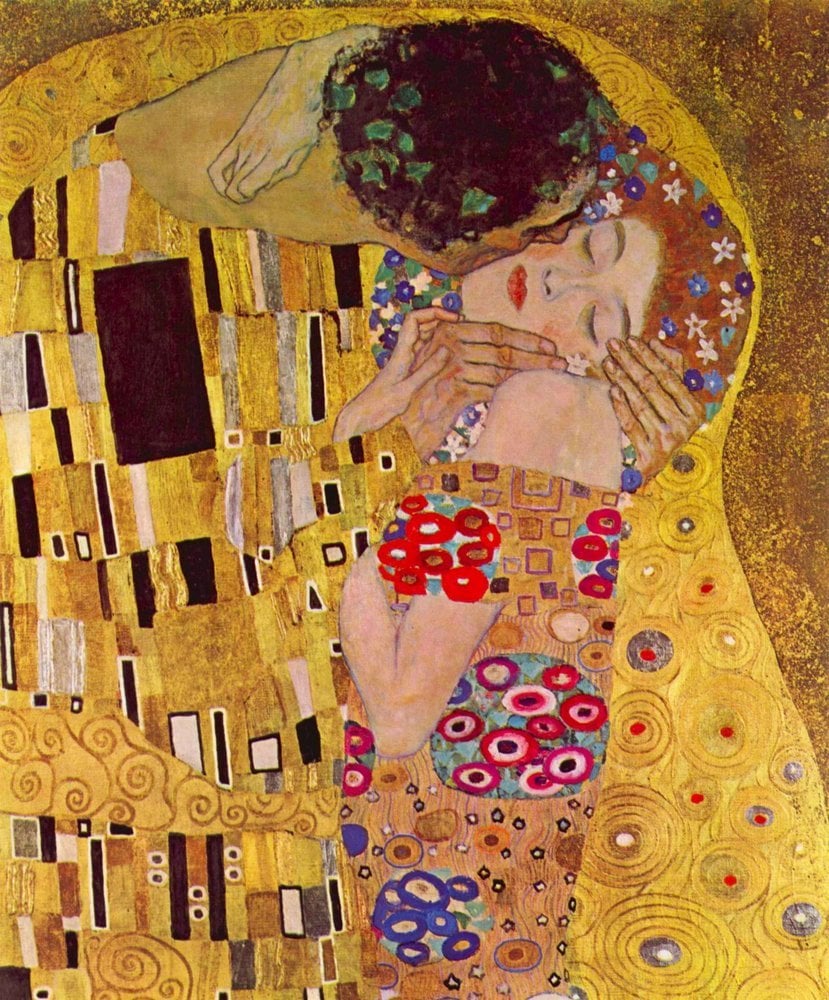Sonnet 43 Elizabeth Barrett Browning

This is one of the world's most famous love poems. "How do I love thee…" (Sonnet 43) is featured in the collection Sonnets from the Portuguese, a sequence of 44 sonnets (published 1850) by Elizabeth Barret Browning, who was a prominent Victorian poet.
Though she suffered lifelong illness, she married the poet and playwright Robert Browning, who was a major influence on her piece of work, and to whom Sonnet 43 is addressed. Other famous examples of the sonnet sequence include Sir Philip Sydney's Astrophil and Stella and Shakespeare's sonnets.
This sonnet describes the poet's passionate adoration for fellow poet and presentlyhoped-for-husband Robert Browning.

Sonnets
A Sonnet is a poem which expresses a idea or thought and develops information technology, frequently cleverly and wittily. It is made up of 14 lines, each being 10 syllables long. Its rhymes are arranged according to i of the following schemes:
-
Italian, where viii lines consisting of 2 quatrains make up the showtime section of the sonnet, called an octave. This will open the the verse form with a question or an idea. It is followed past the adjacent section of 6 lines called a sestet, that forms the 'answer' or a counter-view. This style of sonnet is likewise sometimes called a Petrarchan sonnet.
-
English which comprises three quatrains, making twelve lines, followed past a rhyming couplet. Shakespeare'southward sonnets follow this pattern. Edmund Spenser'due south sonnets are a variant.
At the break in the sonnet — in Italian subsequently the first viii lines, in English after twelve lines — there is a 'turn' or volta, after which there will be a change or new perspective on the preceding idea.
Structure of "How do I love thee"
Although the poem is a sonnet it doesn't follow strictly the formal template as described above. For example, it doesn't end with the usual closed couplet, as with Shakespeare's sonnets.
Rhyme Scheme
Elizabeth Browning chose a rhyme blueprint that is broadly ABBA, ABBA, CDCDCD, although line ten doesn't quite fit perfectly — she rhymes 'organized religion' with the consonant breath. Still this flexibility doesn't jar. The looser structure gives a sense of freedom and flexibility non present in the more rigid template of English sonnets. The event is not so much inconsistent as complex and intriguing.
Language
The metre is iambic pentameter, stately and rhythmic, that conveys an impression of dignity and seriousness. Shakespeare'south sonnets follow this pattern. This sonnet is characterised by hypnotic repetition.
Annotation: for comparing encounter Shakespeare's Sonnet 116 which also deals with enduring love. For a modern poem (and clarification of love as precious and powerful just fleeting) see Ballad Ann Duffy's Hr. Elizabeth Barrett Browning uses one of Shakespeare's ideas — that of honey enduring beyond death — and recasts it for her own sonnet, a device known as intertextuality.
Sonnet 43 Elizabeth Barrett Browning,
Source: https://genius.com/Elizabeth-barrett-browning-how-do-i-love-thee-sonnet-43-annotated
Posted by: scottworsoll.blogspot.com


0 Response to "Sonnet 43 Elizabeth Barrett Browning"
Post a Comment